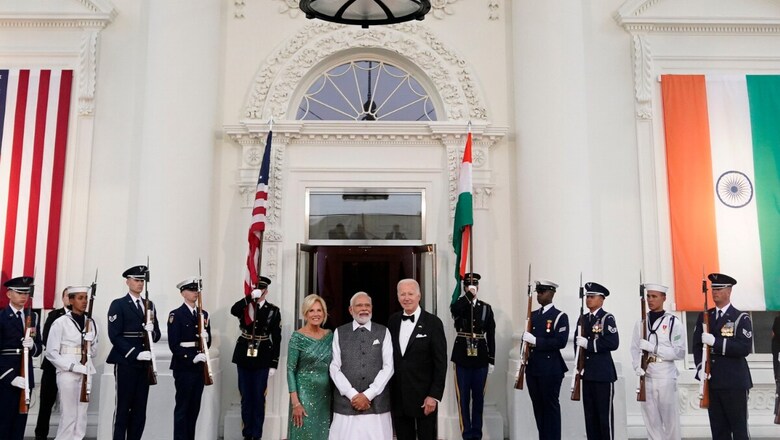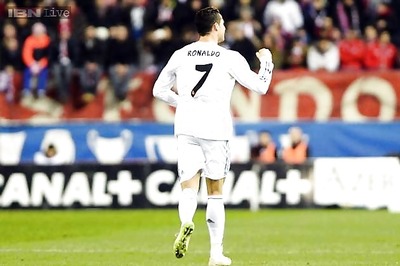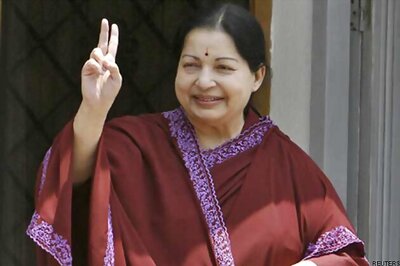
views
Both in terms of substance and public relations Prime Minister Narendra Modi’s state visit to the US has been a visible success. The pageantry, the regard shown to him by President Joe Biden and his wife, the invitation to the Indian American community in such a large number to witness the formal arrival ceremony at the White House, the lightness of touch of Modi’s dinner speech, the PM’s eloquent address to the joint session of the US Congress which elicited many rounds of applause and standing ovations, and earlier, the international resonance that Modi and India got with the yoga event organised at the UN headquarters at new York, reflect this success.
Even if all this is choreographed and intended to serve a political purpose, it was not obligatory for the US to give this honour to the Prime Minister. Both sides had political aims and those have been well served.
In substantive terms, the focus of the visit has been very broad-based, ranging from technology partnership in advanced and critical technologies, transfer of technology issues and resilient supply chains to defence production, space (the launch by ISRO of a Synthetic Aperture Radar satellite jointly developed with NASA, the two organisations developing a strategic framework for human space flight cooperation by year-end, India joining the Artemis Accords, etc), climate change, renewable energy, trade, people to people ties and international issues of shared concern.
A lot had already made public about the expected deliverables from the visit. Much of it by US National Security Adviser Jake Sullivan during his visit to India. To that extent, nothing dramatically new emerged from it, though the total impression created is one of longer term investment in a mutually beneficial relationship in vital areas of tomorrow.
The core of media attention was on GE transferring technology (ToT) to India to manufacture GE 414 engine for the LCA Mk 2 aircraft. Just prior to Modi arriving in the US, GE and HAL signed a MoU to this end, without clarity on the extent of ToT. Both Modi and Biden “committed their governments to working collaboratively and expeditiously to support the advancement of this unprecedented co-production and technology transfer proposal”. This suggests that this is as yet a “proposal”, as it requires US Congressional approval.
There was speculation about India acquiring 31 General Atomics MQ-9B HALE UAVs as a deliverable. The joint statement welcomes India’s plans to procure the UAVs, though without mentioning any number, but noting that they will be assembled locally and will increase India’s ISR capabilities, and that the company will establish a Comprehensive Global MRO facility in India.
On other issues of defence cooperation, the two sides appreciated the efforts to streamline the implementation of foundational agreements, noted the placement of Liaison Officers in each other’s military organisations, and reiterated their resolve to strengthen maritime security, including through enhanced underwater domain awareness- an area of particular interest to India to monitor the course of Chinese submarines in the Indian Ocean.
The visit has served to consolidate some of the initiatives already taken such as iCET (Initiative for Critical and Emerging Technologies), and under it the INDUS-X, to promote high-tech cooperation and exploring opportunities for joint research, defence innovation, connecting India and American defence startups, and improving supply chain security. This includes the Strategic Trade Dialogue to remove regulatory and export control hurdles such as under the ITAR legislation which controls the exports of defence services and products, as does the Defence Industrial Cooperation Road Map and the decision to begin negotiations on a Security of Supply Arrangement and a Reciprocal Defence Procurement Agreement.
The US government will work with the US Congress to lower barriers to export to India of High Performance Computers and source code. The two governments will work together on Trustworthy and Responsible AI. The US supports India’s Chairmanship of Global Partnership on AI. Including cyberspace, etc, as part of S&T collaboration, altogether 25 areas of technology partnership have been identified in the joint statement.
India has been lobbying hard for setting up a semi-conductor manufacturing facility in India. This is a very ambitious goal which can only be achieved in stages, as huge financial investment, knowhow and other resources are required. The two leaders have hailed the signing of a MoU on Semi-Conductor Supply Chain and Innovation Partnership. An expected initial is Micron deciding to invest $825 million to set up an assembly line and test facility with support from the Indian government. The leaders also welcomed Lam Research’s proposal to train 60,000 Indian engineers through its virtual fabrication platform to accelerate India’s semi-conductor education and workforce development goals, as well as the announcement by Applied Materials, Inc, to invest $400 million to establish a collaborative engineering centre in India.
As was expected and announced by Sullivan in New Delhi, the two leaders launched two Joint Task Forces on advanced telecommunications focused on Open RAN and R&D on 5G/6G technologies. In addition, a joint Quantum Coordination Mechanism to facilitate cooperation among industry, academia and government with a view to reaching a comprehensive Quantum Information Science and Technology agreement has been announced.
Biden made it a point to mention Russia’s invasion of Ukraine while receiving Modi for the ceremonial welcome ceremony, and after the talks tweeted that he had discussed the Ukraine conflict with him. The intention clearly was to signal that US will not miss an opportunity to raise the issue despite knowing India’s position. Modi, however, stood by India’s known position on the issue during the visit and did not yield. The paragraph on Ukraine in the joint statement mentions the tragic humanitarian consequences of the conflict, its impact on the global economic system, including on food, fuel and energy security, calls on greater efforts to mitigate the consequences for the developing world, pledges the two countries to provide humanitarian assistance to the people of Ukraine, and contains the usual reference to respect for international law, principles of the UN charter, and territorial integrity and sovereignty. All of this figures in statements in the UN and other forums that India has either itself made or has subscribed to.
The US has, in the joint statement, reiterated its support for India’s permanent membership of the UN Security Council and our candidature for a non-permanent member of the UNSC for the 2028-29 term. Our position on the Ukraine conflict and purchase of oil from Russia has not affected US calculations about drawing India closer to it and the West, given the fragmentation of the international system and the combined challenge to the West by Russia and China.
The paragraphs on Quad and the Indo-Pacific region reiterate previous language, without mentioning China. The paragraph on terrorism also reiterates earlier strong language, including exhorting Pakistan by name to eschew terrorism.
India has been subjected to guerrilla warfare by the US press, think tanks, academics, democracy and human rights organisations, with a Congress member of Indian origin gathering signatures of 70 Democratic representatives to press Biden to raise with Modi the issue of democracy backsliding, minority persecution and curb on freedoms in India under his watch. Former president Obama deliberately gave an ill-timed interview advising Biden indirectly and rather presumptuously to caution Modi about the possible break-up of India if the country’s Muslim minority was ill-treated. The upshot has been that Biden rejected these pressures, even from within his party, ignored also the State Department reports, and publicly defended Indian democracy in his joint press conference with Modi.
Modi too decided that he would accept questions at the joint press conference, which he does not do normally, knowing fully well that he would inevitably be asked a question about democracy and minority persecution in India, and use the opportunity to state his position clearly, comprehensively and firmly, without any defensiveness. He addressed these accusations indirectly, with conviction and credibility in his address to the US Congress, with a rhetoric that appeals to the Americans, for which he elicited a merited applause.
Kanwal Sibal is a former Indian Foreign Secretary. He was India’s Ambassador to Turkey, Egypt, France and Russia. The views expressed in this article are those of the author and do not represent the stand of this publication.


















Comments
0 comment